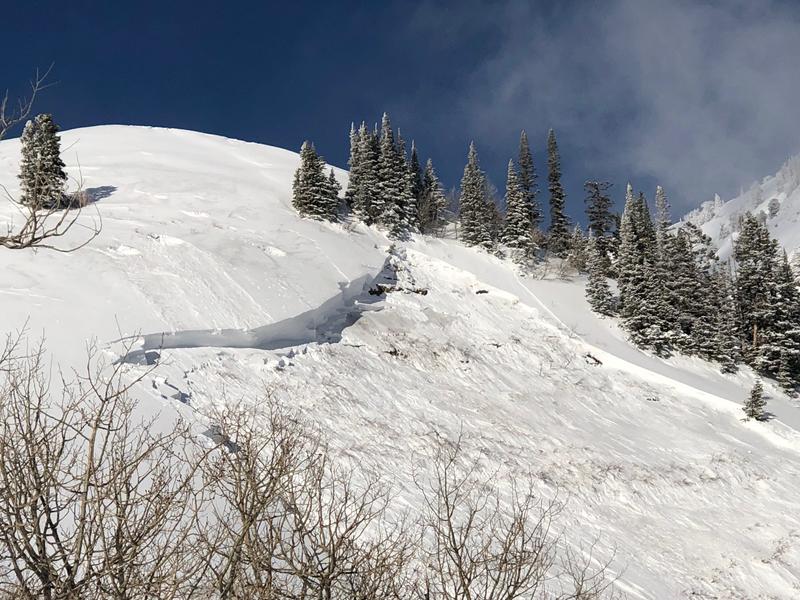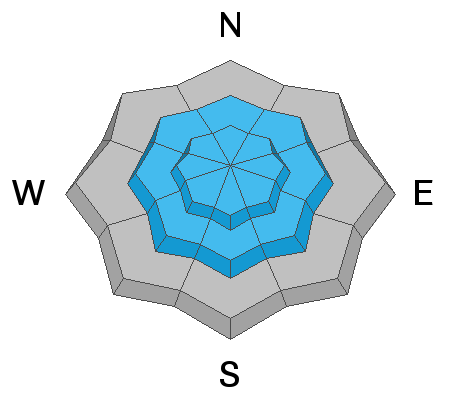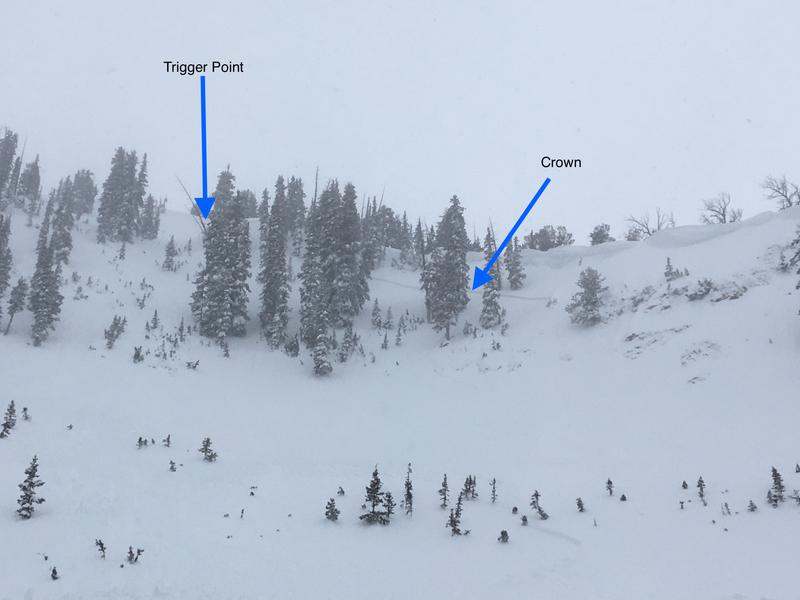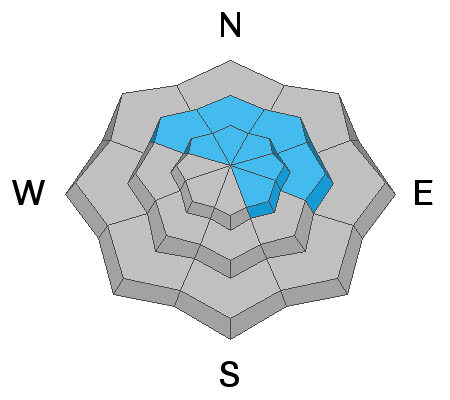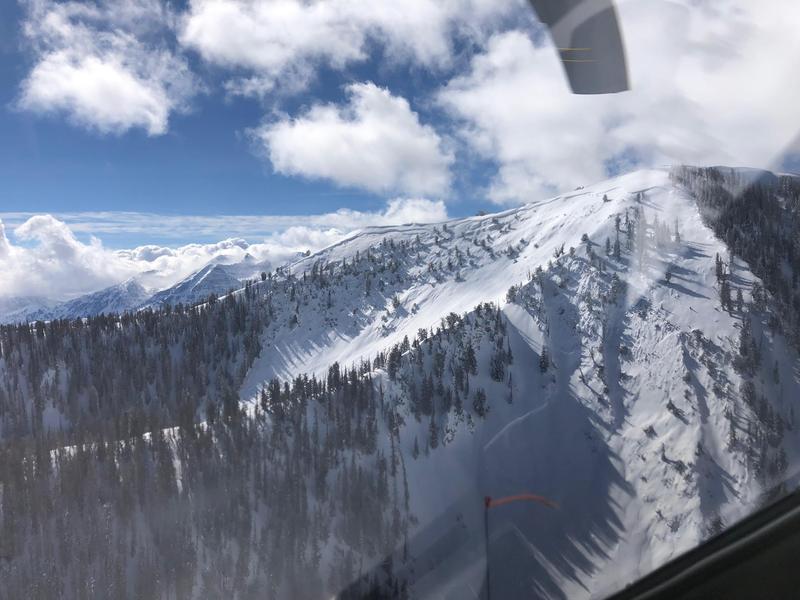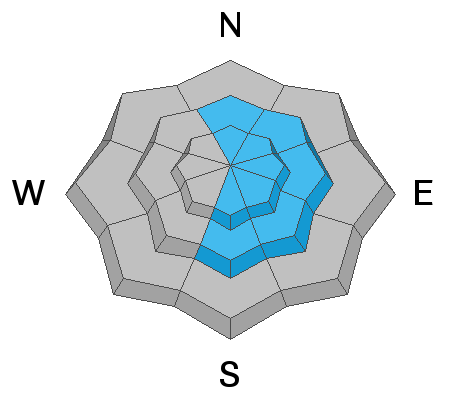Forecast for the Provo Area Mountains

Issued by Trent Meisenheimer on
Monday morning, February 18, 2019
Monday morning, February 18, 2019
A CONSIDERABLE DANGER exists on heavily wind loaded slopes at the mid and upper elevations. The danger is most pronounced on upper elevation northerly through easterly facing terrain. Human triggered avalanches 2-5' deep are possible and may be unsurvivable.
Cornices are an issue - Exercise great caution along and underneath the heavily corniced ridgelines.
Safe Travel Protocols are critical: Beacon, shovel, probe, one at a time, get out of the way at the bottom, have a plan.
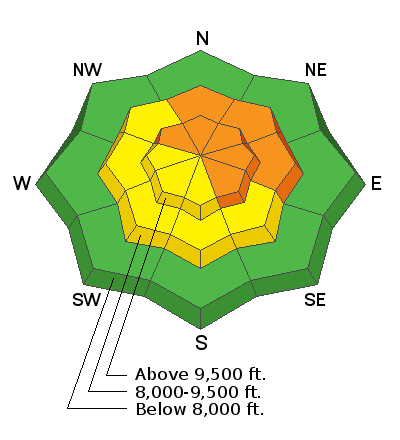
Low
Moderate
Considerable
High
Extreme
Learn how to read the forecast here


